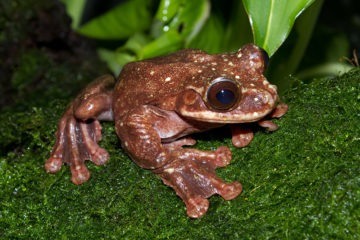Liam Heneghan in Aeon:
 It is our sad lot that we love perishable things: our friends, our parents, our mentors, our partners, our pets. Those of us who incline to nature draw this consolation: most lovely natural things – the forests, the lakes, the oceans, the reefs – endure at scales remote from individual human ones. One meaning of the Anthropocene is that we must witness the unravelling of these things too. A tree we loved in childhood is gone; a favourite woodlot is felled; a local nature preserve invaded, eroded and its diversity diminished; this planet is haemorrhaging species.
It is our sad lot that we love perishable things: our friends, our parents, our mentors, our partners, our pets. Those of us who incline to nature draw this consolation: most lovely natural things – the forests, the lakes, the oceans, the reefs – endure at scales remote from individual human ones. One meaning of the Anthropocene is that we must witness the unravelling of these things too. A tree we loved in childhood is gone; a favourite woodlot is felled; a local nature preserve invaded, eroded and its diversity diminished; this planet is haemorrhaging species.
When a rare Panamanian frog was named in 2005 for George Rabb, an eminent herpetologist and friend to many in the Chicago conservation community, we celebrated this newly named animal. By the time he died in 2017, Rabb’s fringe-limbed frog (Ecnomiohyla rabborum) was assumed extinct in the wild.
There are two types of charisma: the charisma of the lit stage and that of the lambent sanctuary. Rabb’s charisma was the latter, softer, form. One of the most influential conservation biologists of his generation, he directed the Brookfield Zoo in Chicago from 1976 until 2003. He was involved in the protection of species and habitats around the globe. I first met him in the late-1990s at a meeting of the Midwestern regional conservation alliance, Chicago Wilderness. What I learned from George – who knew keenly what it is to endure loss – is that repair is possible.
More here.
